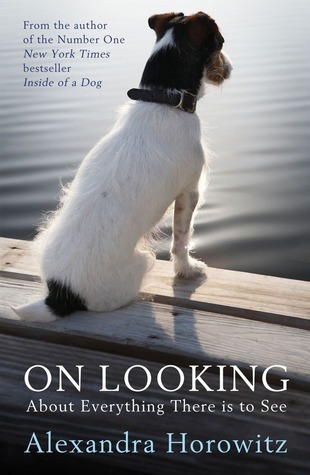What do you think?
Rate this book


308 pages, Paperback
First published January 8, 2013
Scientists first learned this, as well as most of our knowledge about brains, not from examining our own brains, but from peering at monkey brains. The monkeys did not submit to this voluntarily, of course: the content of the words you are about to read come from the poignant sacrifices of enough monkeys to type that Shakespearean play after all. A monkey's brain is similar enough to ours that scientists find it informative about human brains, but different enough that the same scientists are willing to sacrifice a monkey life for that bit of information.